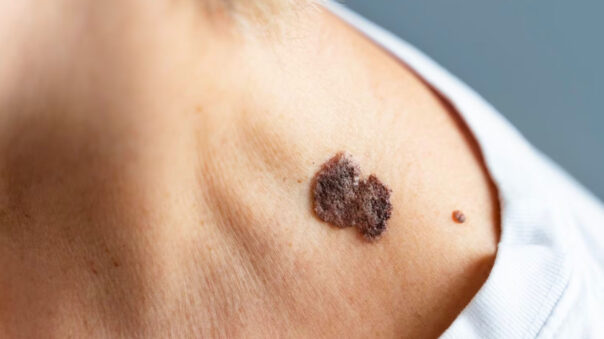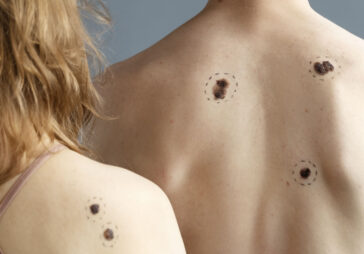In a world where skincare is of paramount importance, understanding various skin conditions is essential for maintaining your skin’s health. One category of skin anomalies that requires careful attention is precancerous moles. These borderline growths can potentially transform into cancerous lesions if left untreated.
In this article, we’ll delve into the main types of precancerous moles, including Seborrheic Keratosis, Actinic Keratosis, Keratoacanthoma, Blue Nevus, Dysplastic Nevus, and Lentigo. We’ll explore their symptoms, diagnosis, treatment, and shed light on how the revolutionary Skinive app can aid in identifying these conditions accurately.
Disclaimer: This article is for informational purposes only and does not substitute professional medical advice. Consult a qualified healthcare provider for accurate diagnosis and treatment.
Seborrheic Keratosis
Seborrheic Keratosis, commonly known as “senile warts,” are non-cancerous growths that often resemble warts or moles. They usually appear on the face, chest, back, or shoulders. While Seborrheic Keratosis is generally harmless, their similarity to malignant growths can cause concern.
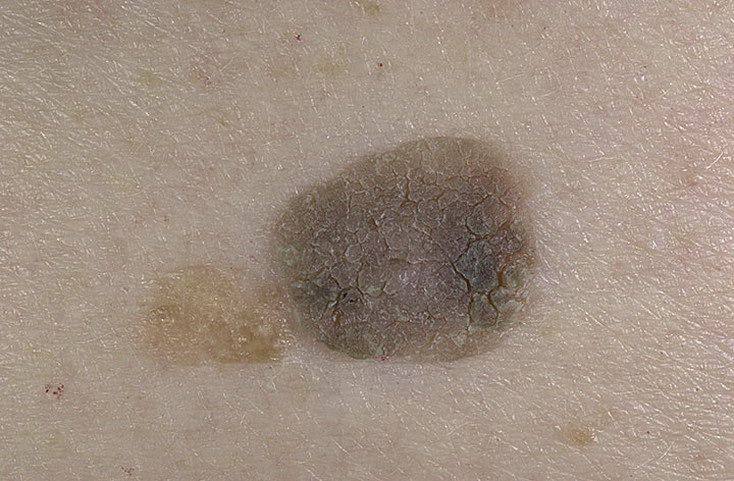
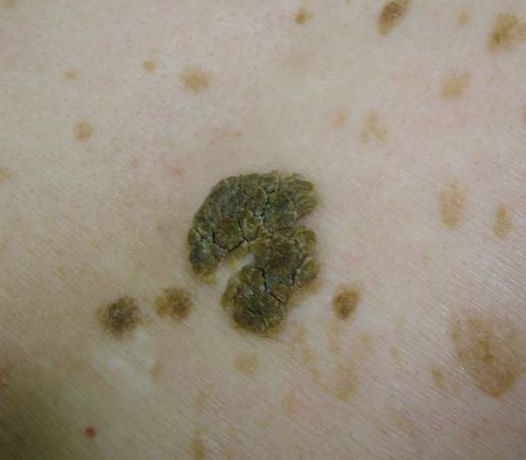
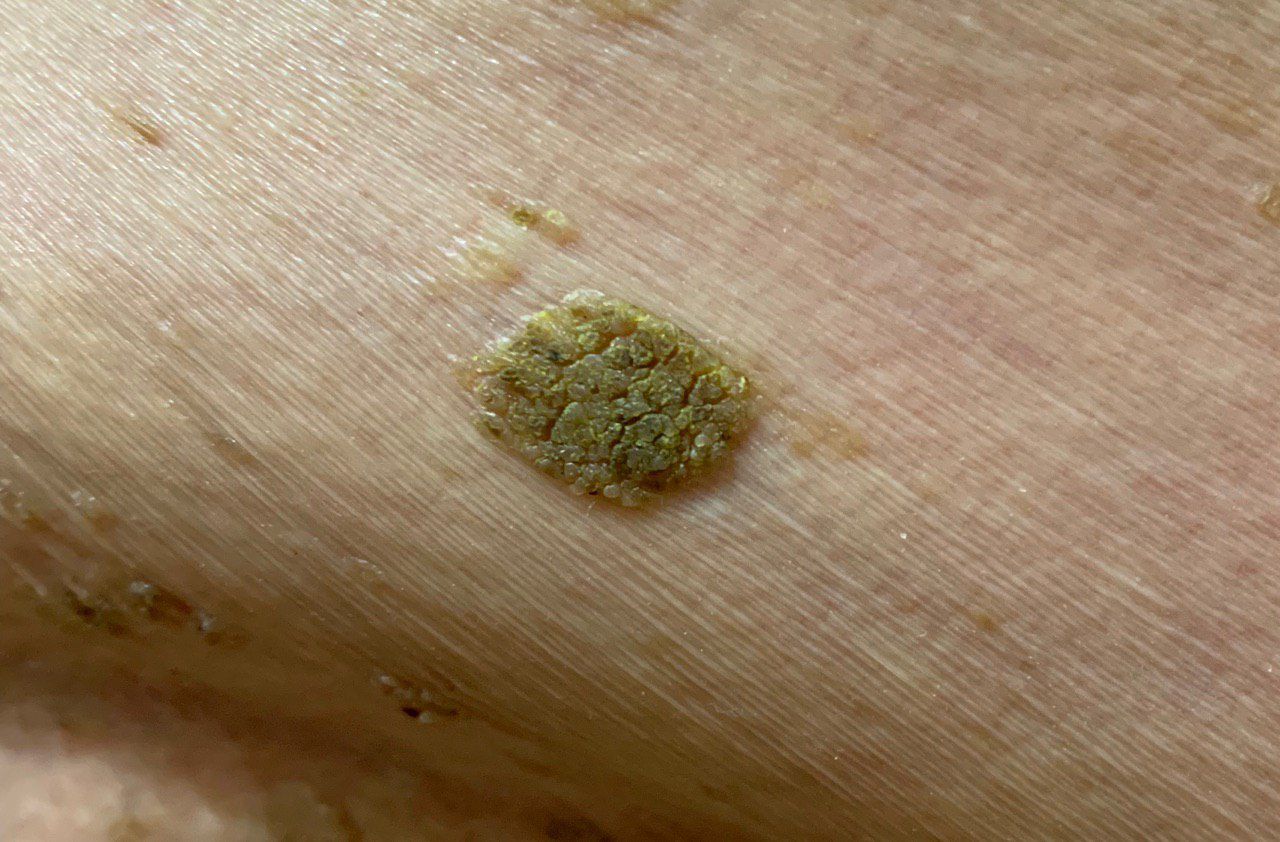
Symptoms: Raised, waxy, or scaly growths with a slightly elevated appearance.
Diagnosis: A dermatologist typically diagnoses Seborrheic Keratosis through visual examination. Biopsy may be done if the lesion’s appearance is ambiguous.
Treatment: If removal is desired for cosmetic reasons, cryotherapy, electrocautery, or laser therapy can be employed.
Actinic Keratosis
Actinic Keratosis, often referred to as solar keratosis, is caused by prolonged sun exposure. These rough, scaly patches of skin are considered precursors to squamous cell carcinoma.
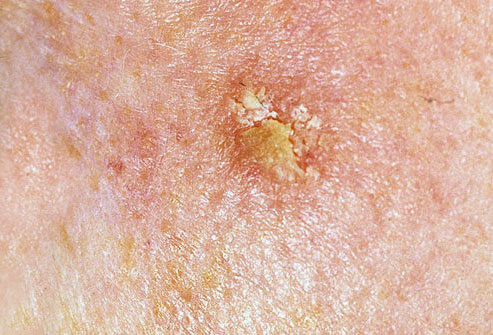
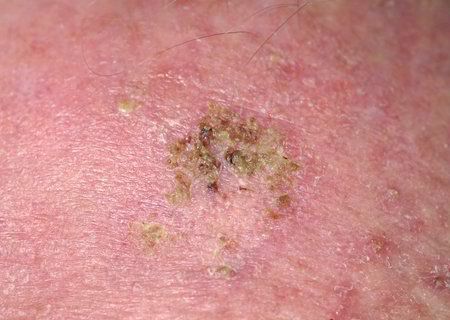
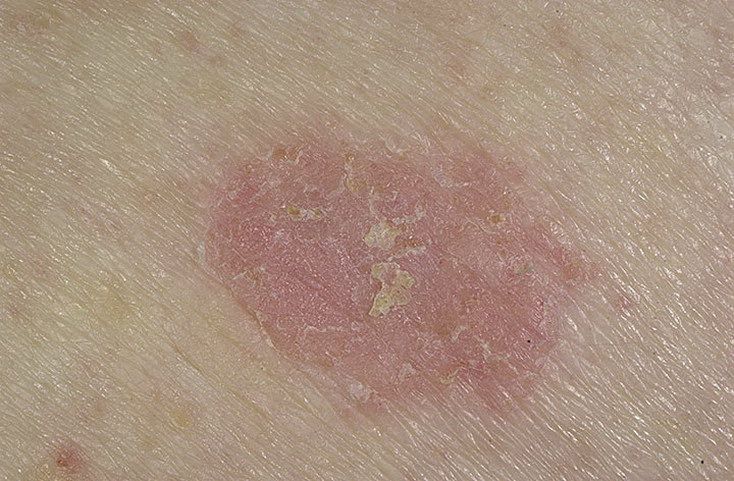
Symptoms: Dry, scaly, or crusty patches that can vary in color from pink to brown.
Diagnosis: Dermatologists diagnose Actinic Keratosis through visual inspection and sometimes a skin biopsy.
Treatment: Options include cryotherapy, topical medications, photodynamic therapy, chemical peels, and laser therapy.
Keratoacanthoma
Keratoacantoma is a rapidly growing, dome-shaped nodule that resembles squamous cell carcinoma. Though it grows quickly, it usually resolves on its own.
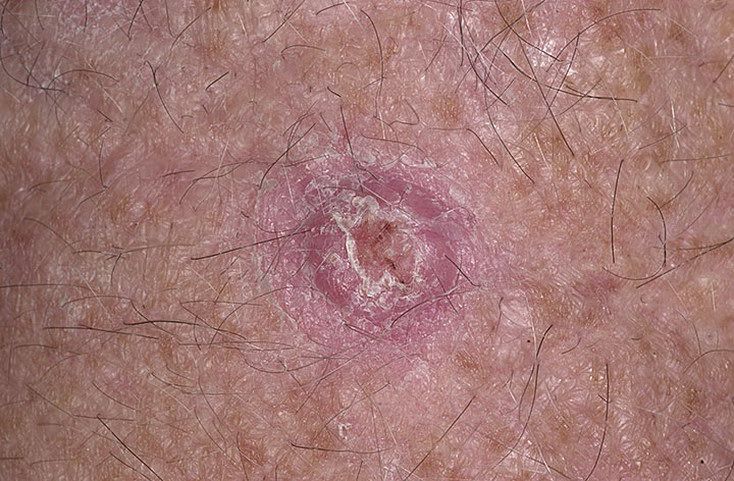
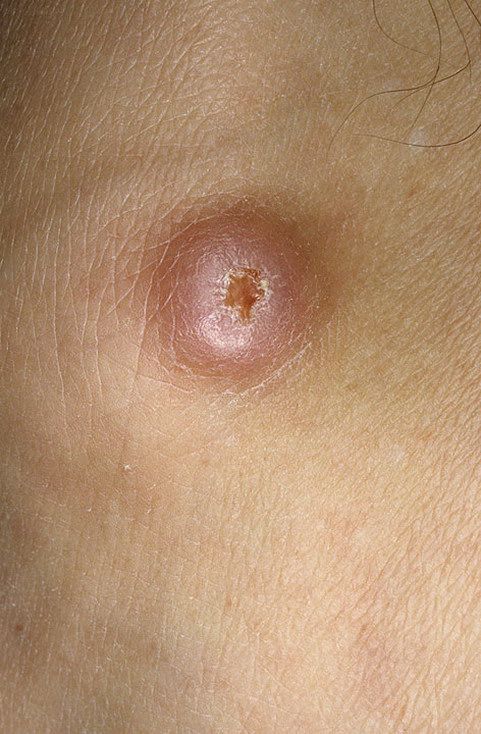
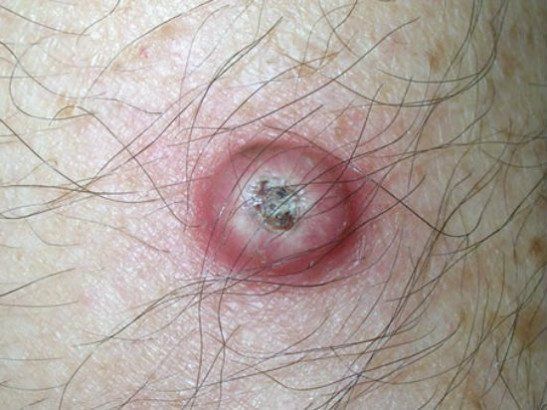
Symptoms: Dome-shaped nodule with a central crater that may resemble a volcano.
Diagnosis: A dermatologist often performs a biopsy to differentiate it from squamous cell carcinoma.
Treatment: Depending on size and location, excision or other removal methods may be used.
Blue Nevus
Blue Nevus is a rare, benign lesion that appears blue or blue-black due to deep pigmentation. Although generally harmless, it can resemble melanoma.
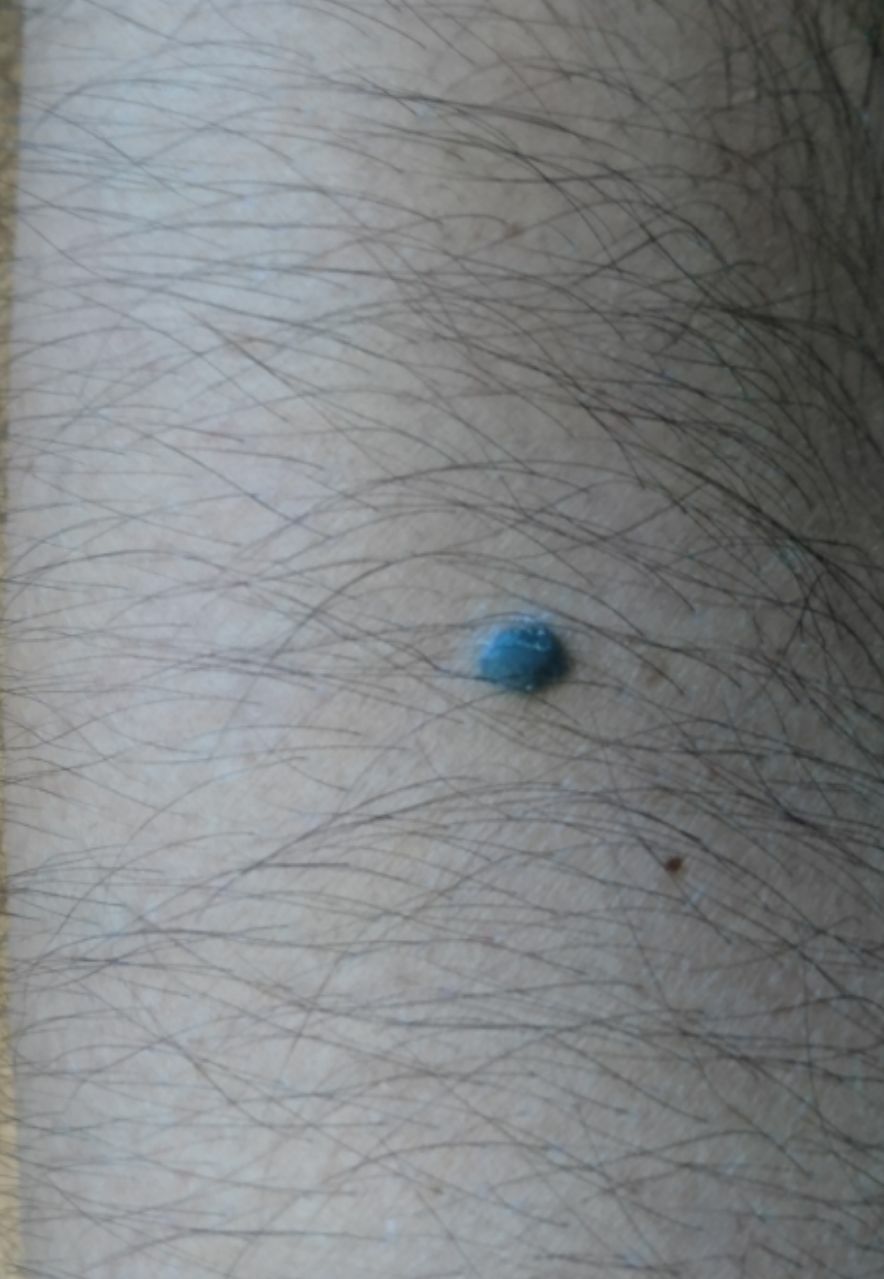
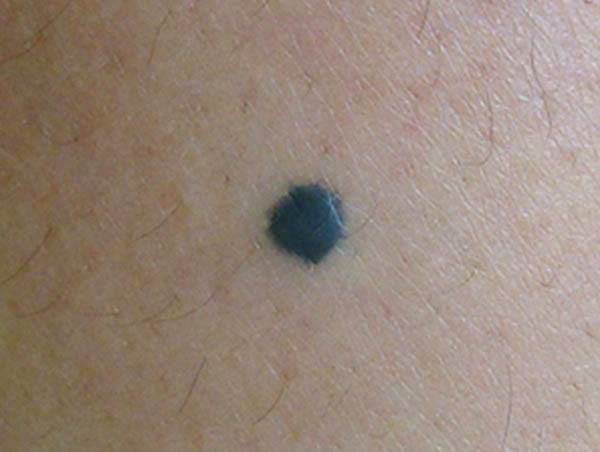
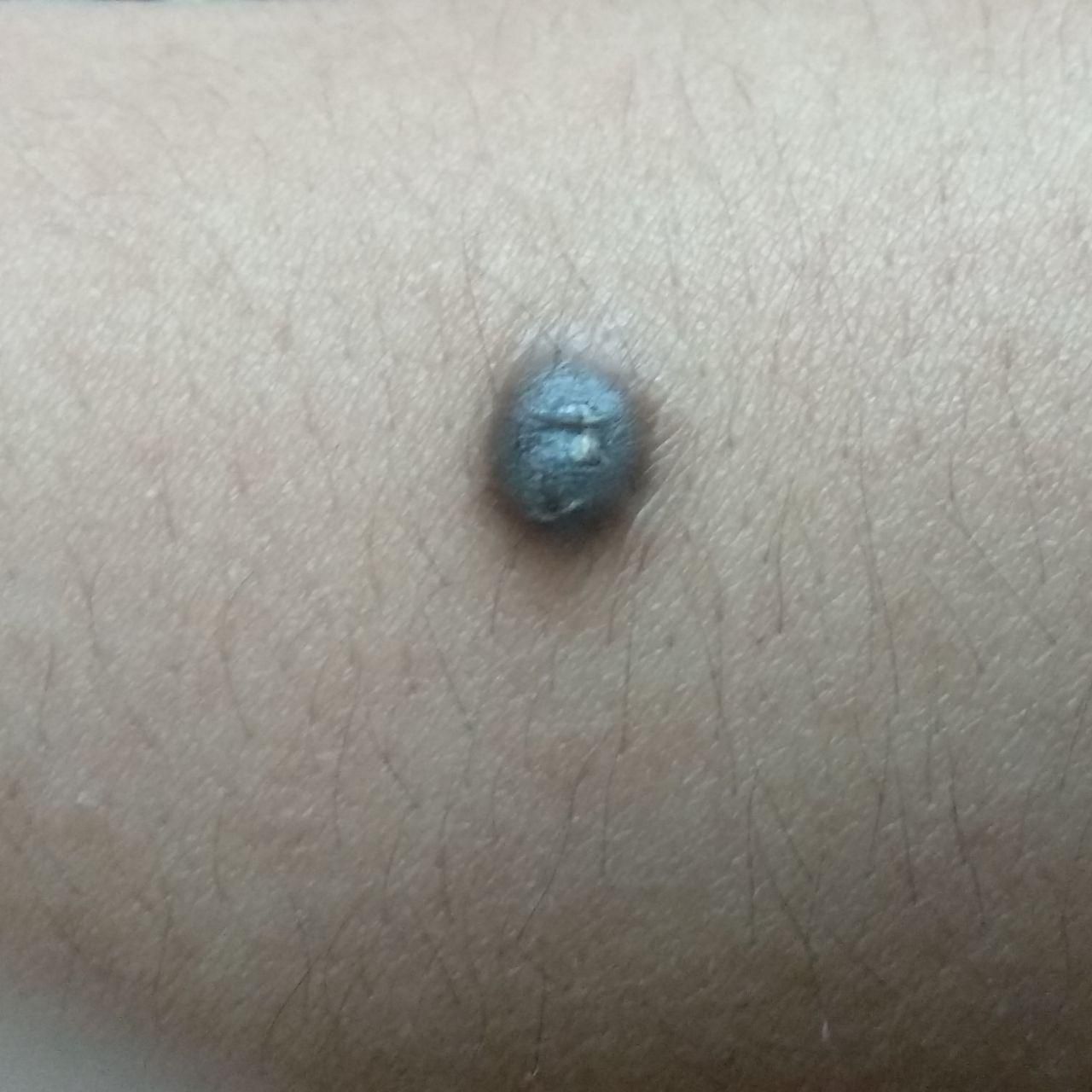
Symptoms: Smooth, raised, blue-black lesion.
Diagnosis: Dermatologists diagnose through visual examination and may consider biopsy for confirmation.
Treatment: Usually, no treatment is required unless there’s suspicion of malignancy.
Dysplastic Nevus
Dysplastic Nevus, also known as atypical moles, can resemble melanoma. They often have irregular borders, color variation, and are larger than common moles.
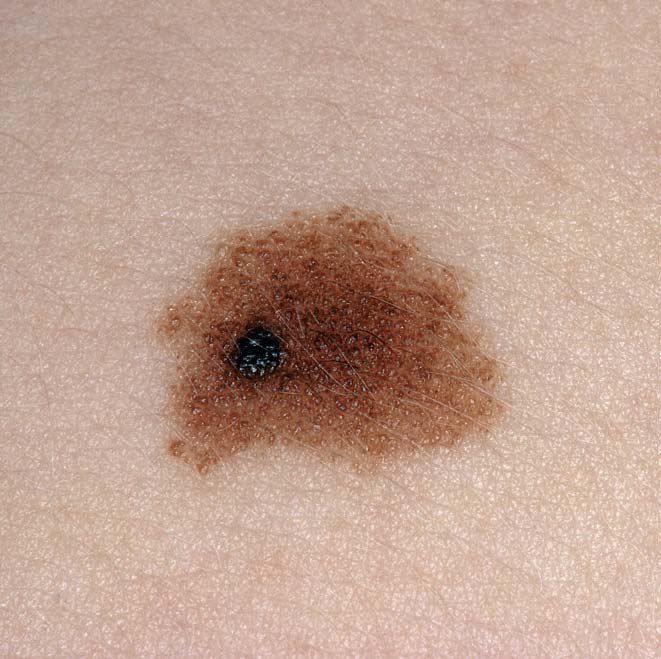
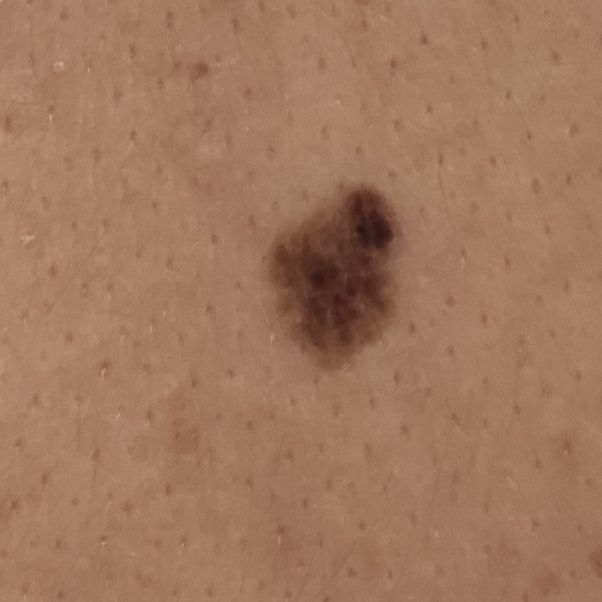
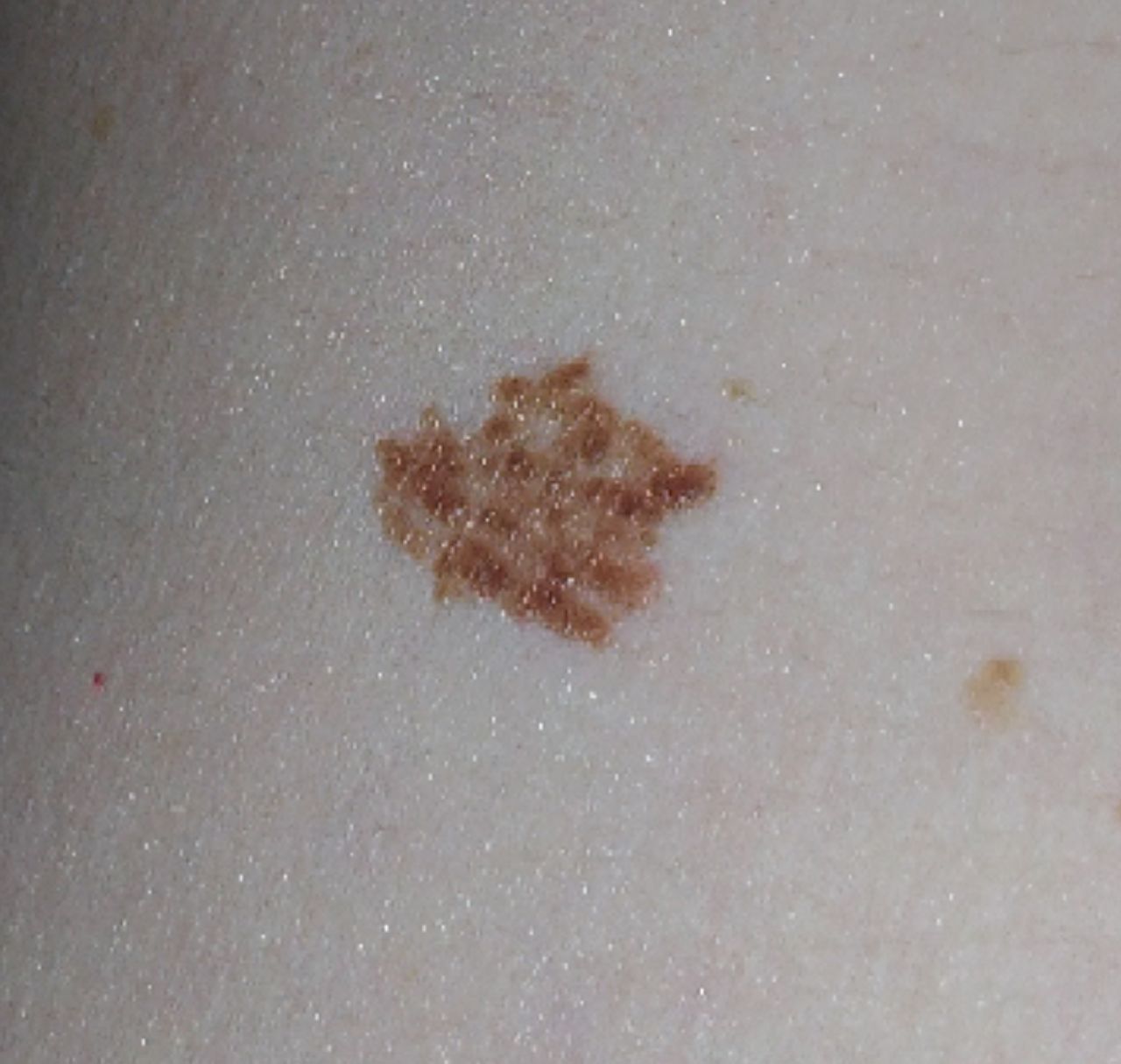
Symptoms: Irregularly shaped moles with uneven coloration.
Diagnosis: Dermatologists evaluate them visually and might perform a biopsy if they appear suspicious.
Treatment: Typically, no treatment is needed unless there’s a risk of malignancy.
Lentigo
Lentigo is a type of pigmented lesion that appears as a well-defined, flat, brown-black spot. It’s caused by sun exposure and aging.
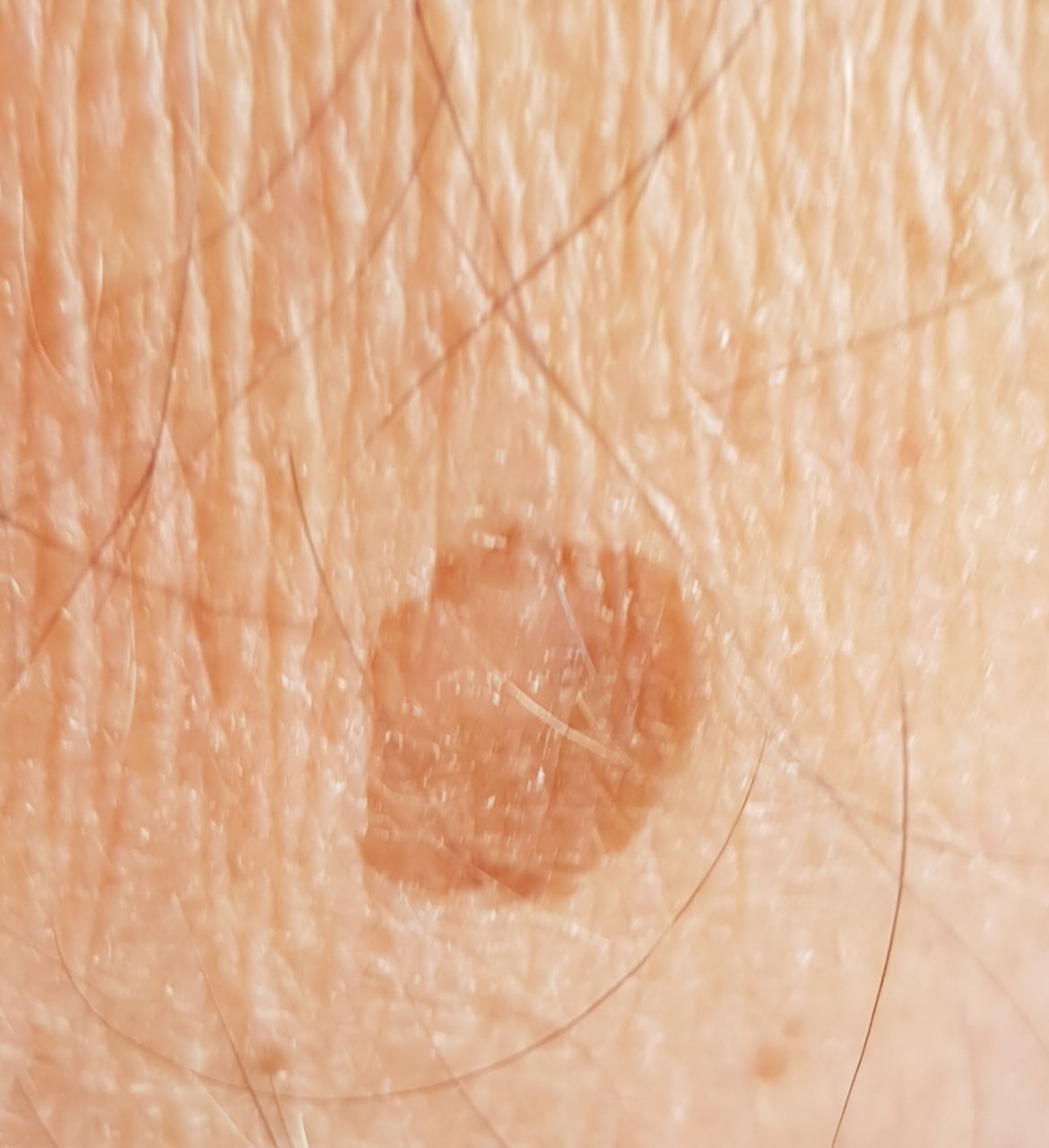
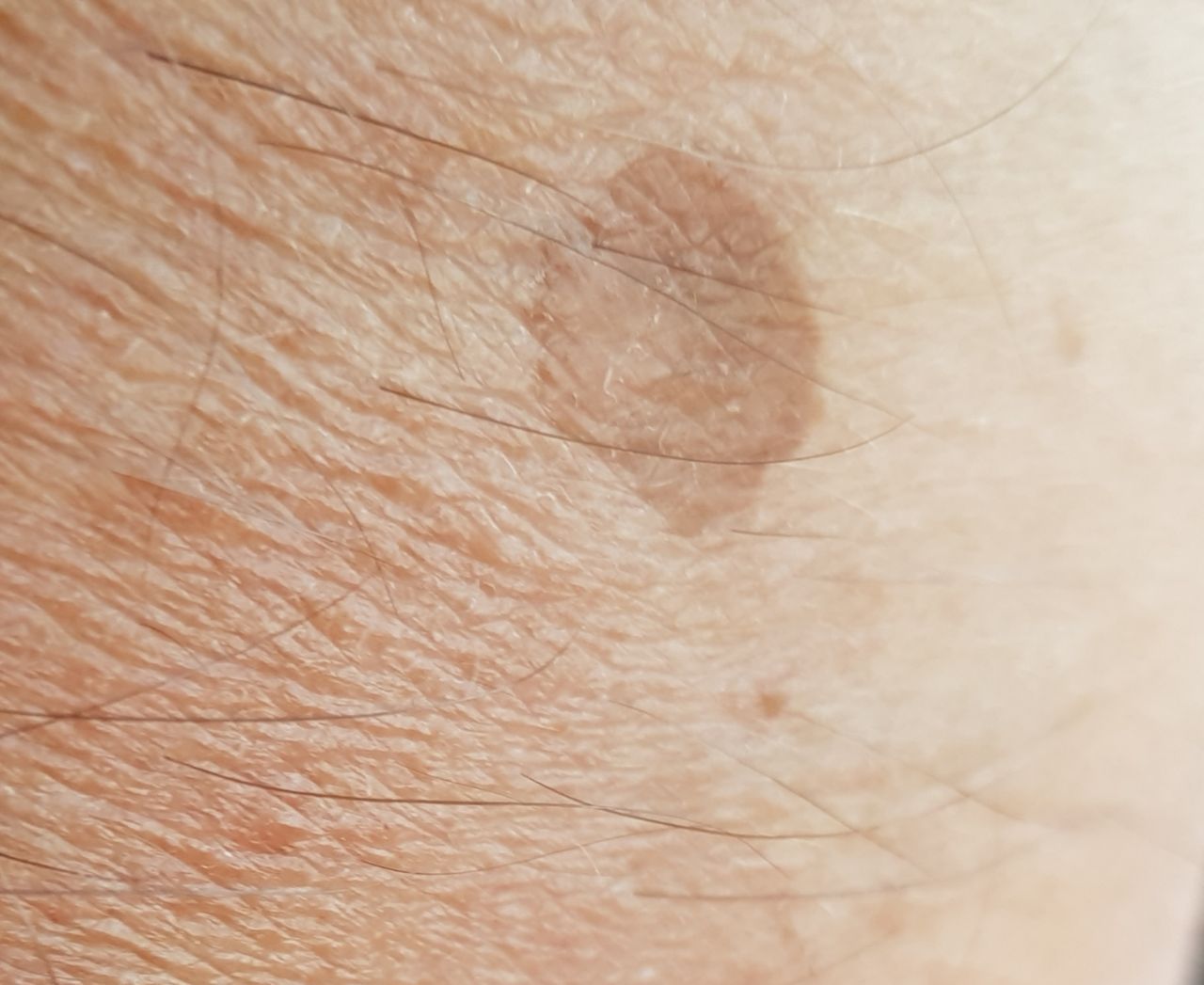
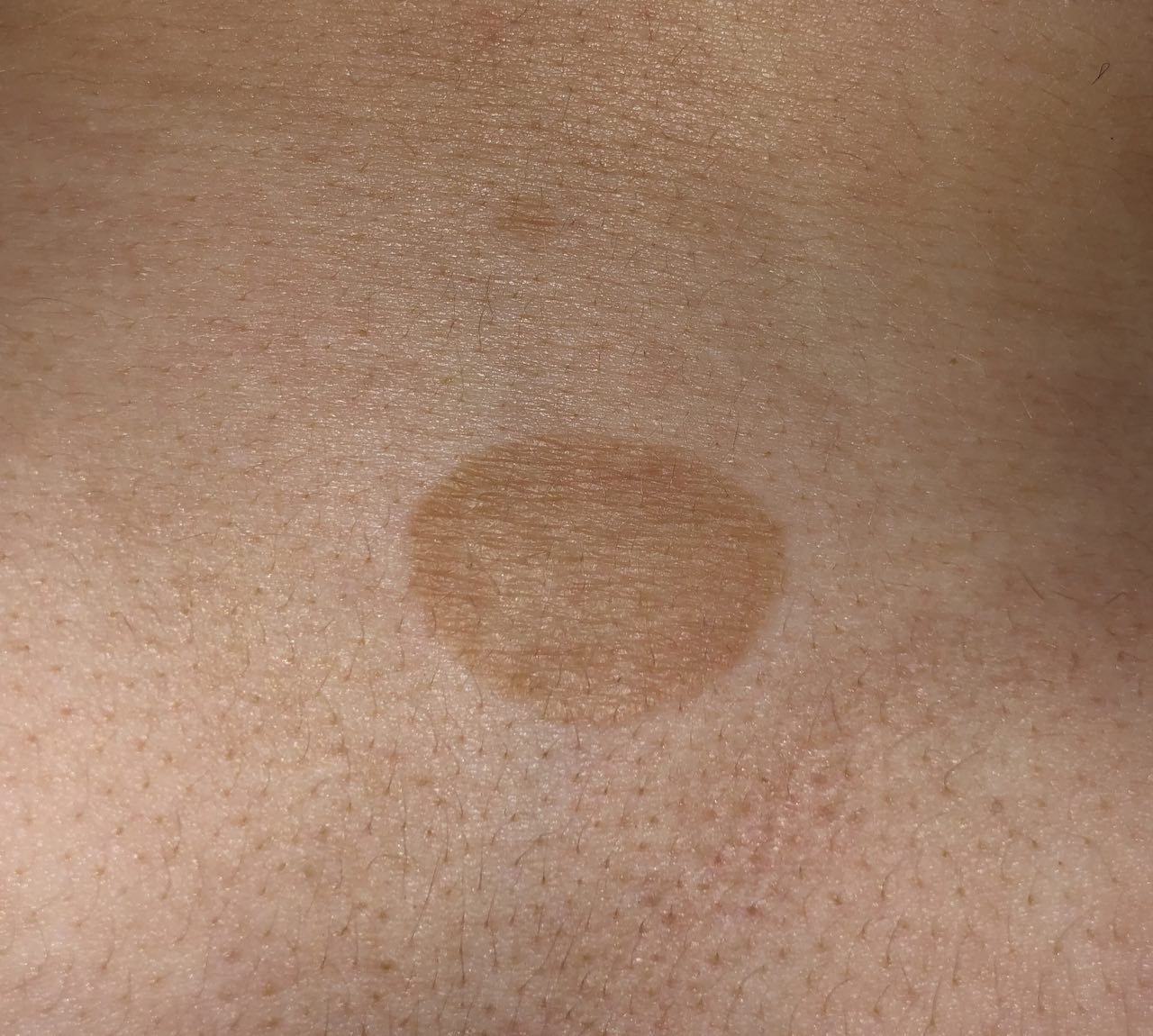
Symptoms: Flat, dark spots with distinct edges.
Diagnosis: Diagnosis is usually made through visual inspection, but a biopsy might be conducted to rule out malignancy.
Treatment: Lentigines are often left untreated, but they can be lightened with laser therapy or cryotherapy.
Get Precise AI Dermatologist in your smartphone
To empower individuals with the ability to identify potential skin anomalies like precancerous moles accurately, the Skinive app has emerged as a revolutionary tool. By harnessing advanced AI technology, the app allows users to capture images of their moles or skin lesions. The app then employs its extensive database and algorithms to analyze the images and provide an instant assessment of whether the anomaly is potentially precancerous.
Why Download Skinive?
- Early Detection: The app’s AI algorithms can detect subtle signs of precancerous neoplasms, ensuring timely intervention.
- Convenience: Access a preliminary evaluation without leaving your home or scheduling appointments.
- Peace of Mind: Receive instant insights that can help alleviate anxiety related to skin abnormalities.
A Vital Reminder about precancerous moles
While the Skinive app is a powerful tool for preliminary assessment, it’s crucial to remember that self-diagnosis and self-medication are risky practices. Only a licensed dermatologist can provide an accurate diagnosis and recommend appropriate treatments. If you suspect any unusual skin growth, it’s imperative to consult a medical professional promptly.
In conclusion, understanding precancerous neoplasms is vital for maintaining healthy skin. Seborrheic Keratosis, Actinic Keratosis, Keratoacanthoma, Blue Nevus, Dysplastic Nevus, and Lentigo are common precancerous growths that require attention. Utilizing the Skinive app can provide valuable insights, but remember that a doctor’s consultation is irreplaceable in ensuring accurate diagnosis and effective treatment.

